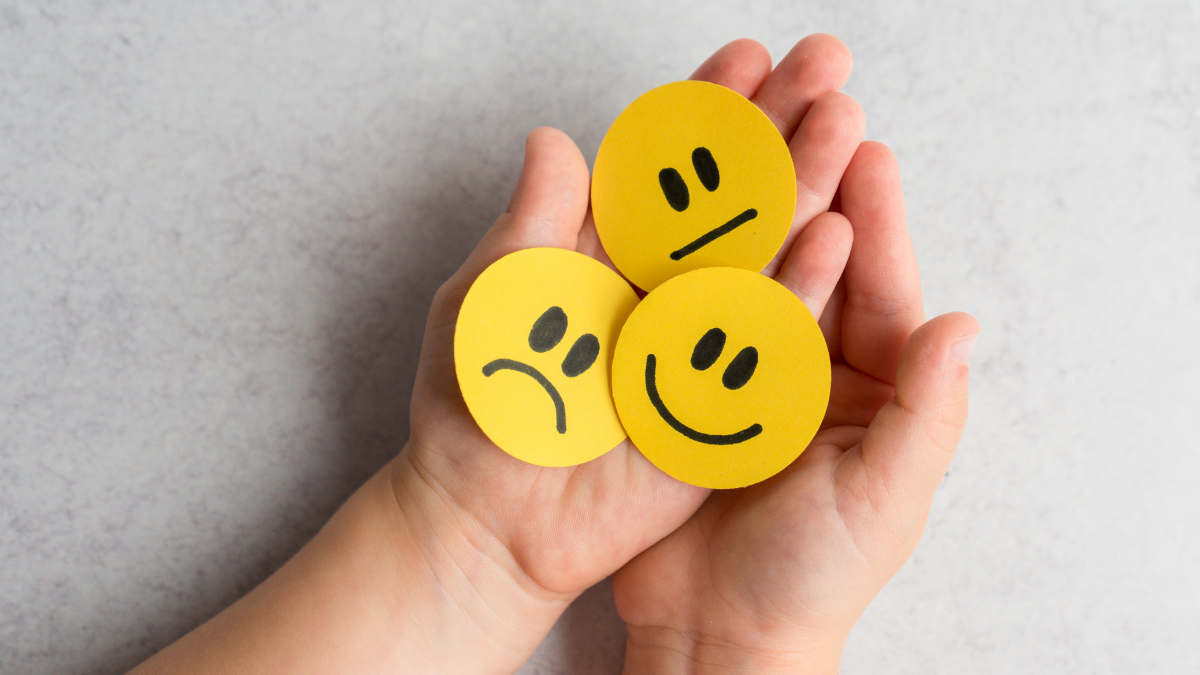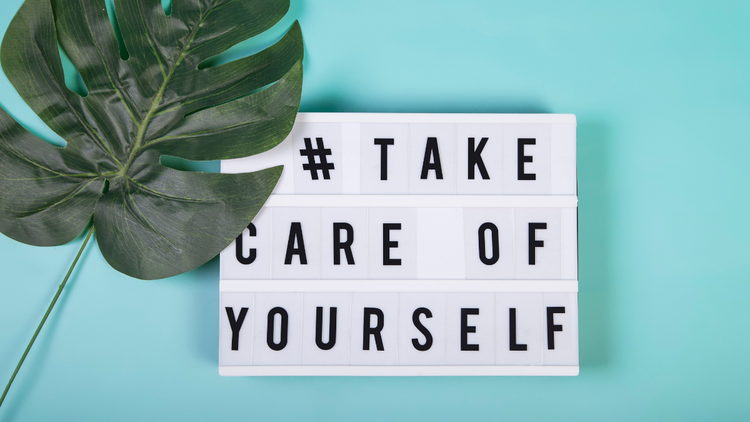How to Regulate Your Emotions Without Suppressing Them

You tell yourself to stay calm. Keep it together. Don’t make a scene. And from the outside, maybe you do look calm. You’re holding it all in — staying composed. But inside, the pressure is building.
You’re not alone.
Many of us were taught that the way to manage emotions is to hide them. That real strength means swallowing sadness, quieting anger, or pretending fear doesn’t exist. But emotional regulation isn’t about pretending you’re fine. It’s about learning how to feel what you feel without letting it take over — or take you under.
What emotional regulation actually means
Regulation and suppression are often confused, but they’re very different.
Suppressing emotions means ignoring them or pushing them down. It’s avoidance dressed up as control. It might work in the short term, but over time, that emotional backlog takes a toll. Unprocessed emotions don’t just disappear. They get stored in your body and behaviour. They come out in ways you don’t expect, such as tension, irritability, or sudden emotional outbursts.
Emotional regulation, on the other hand, means being aware of what you’re feeling, making space for it, and choosing how to respond. It’s not about stopping the feeling. It’s about creating just enough space between feeling and reaction so you can choose your next move with intention.

Why suppressing emotions backfires
Suppression can feel safer. You avoid conflict. You avoid vulnerability. You avoid having to sit with things that are messy or painful.
But here’s the problem: emotions aren’t optional. They’re information. When you suppress them, you don’t just block out pain. You block access to joy, connection, and self-awareness. You also end up feeling disconnected — not just from others, but from yourself.
In the long run, chronic suppression has been linked to increased anxiety, depression, physical illness, and relationship breakdown. It keeps you stuck, emotionally flat, and often more reactive in the moments when control slips.
Step One: Feel it to deal with it
The first step to regulating your emotions is to notice them without judgment.
What are you actually feeling? Not what you think you should feel, or what you’re trying to avoid — but what’s real, right now.
Try naming it. Sad. Frustrated. Embarrassed. Anxious. Naming emotions helps calm your brain’s alarm system and shift activity to the rational part of your brain.
Then notice how it feels in your body. Maybe your chest is tight. Your stomach’s tense. Your jaw is clenched. Emotions are physical as much as they are mental, and your body often recognises them before your mind does.
Step Two: Slow it down before you act
When emotions rise quickly, it’s easy to fall into automatic reactions — snapping, withdrawing, blaming, or shutting down. The goal isn’t to eliminate emotion but to create a pause between feeling and action.
Breathing helps. Slowing your breath helps signal to your nervous system that you’re safe. Walking helps. Writing helps. So does getting outside, moving your body, or doing something small and grounding.
These aren’t distractions. They are ways to regulate the intensity so you can stay present.
If you’ve ever been told to “calm down,” you know how unhelpful that advice is. But regulation isn’t about calming down on command. It’s about creating a space to choose what happens next.
Step Three: Express the emotion, don’t explode with it
Regulating doesn’t mean bottling things up. It means expressing them in a way that honours your needs and protects your relationships.
That might look like talking to someone you trust. It might be journaling, voice-noting yourself, or writing something you’ll never send. Sometimes it’s simply saying to yourself, this is really hard, and I’m allowed to feel it.
When it comes to sharing emotions with others, timing matters. So does tone. You don’t have to wait until you’re perfectly composed, but it helps to communicate from the emotion rather than at the other person.
Step Four: Practice makes it possible
Emotional regulation is a skill. Like any skill, it takes practice — especially if you’ve spent years suppressing your feelings or were never taught how to manage them.
You’re not going to get it right every time. That’s OK. What matters is that you keep noticing, keep pausing, and keep giving yourself permission to feel without judgment.
Over time, it gets easier. You start to trust yourself more. You become less reactive and more resilient. You learn that strength isn’t about shutting down. It’s about staying open without losing yourself.
Final thought: You don’t have to pretend you’re fine
You don’t need to be stoic to be strong. You don’t have to hide what you feel in order to be worthy or respected, or loved.
Learning to regulate your emotions isn’t about perfection. It’s about honesty. It’s about building a life where you’re allowed to feel fully and respond wisely.
That’s not weakness. That’s strength 💪
—MRB
My goal is to help people thrive in a complex world. While I write as a psychologist, this content is general in nature, does not constitute a therapeutic relationship, and is not a substitute for personalised mental healthcare advice. Further, some posts may include affiliate links to resources I recommend. Read my full site policy here.






Member discussion